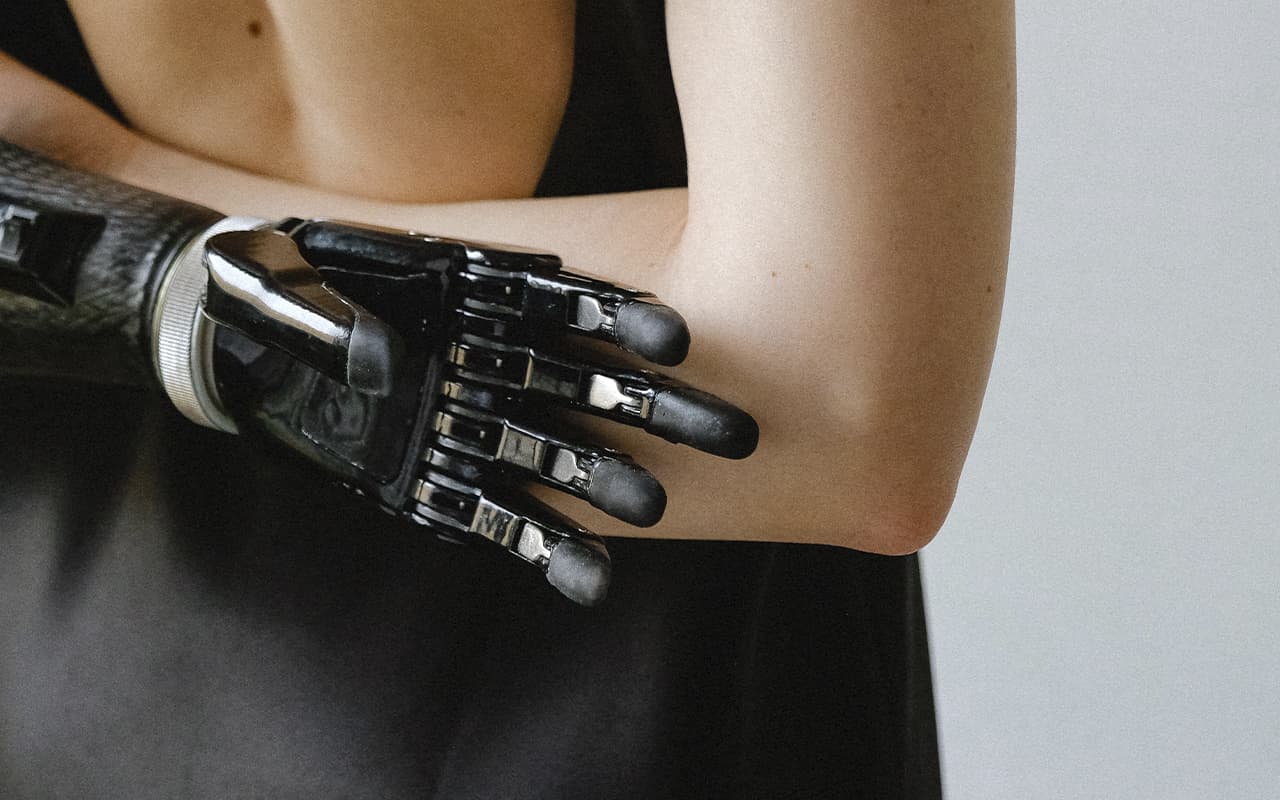Technologies that can help people with disabilities perform better in the workplace and improve their quality of life are undoubtedly needed.
It also makes economic sense.
If a million people with disabilities could work, the British economy alone would grow by 1.7%, or $64 billion, according to the charity Scope.
Control through the eyes…
400 thousand people around the world, including the famous scientist Professor Stephen Hawking, suffer from motor neuron disease. 2.3 million have multiple sclerosis.
But the neurons responsible for eye movement are more resistant to degenerative diseases. This also applies to parts of the face, such as the cheek, which Professor Hawking uses to communicate.
LC Technologies, an American company, has invented a device that allows people to control a computer with their eyes alone.
HeadMouse Nano
HeadMouse Nano allows you to control your computer remotely using head movements
This technology requires the user to have a slightly wider range of motion, but it is cheaper than the previous one.
“Smart glasses”
According to the WHO, there are about 39 million blind people in the world. But 90% of them have at least some level of light sensitivity.
That’s why Stephen Hicks, a neuroscientist at Oxford University, has developed “smart glasses” that enhance the contrast between light and dark objects.
The closest object is bright, while the rest of the field is dark, and the contrast between them is cranked up to the maximum.
Smart glasses can highlight and simplify images that appear in front of a visually impaired person
Talking palms
Another technology can help even people who are both blind and deaf – there are 1.5 million of them in the world. One of the most famous of these people, Helen Keller, became the first deaf-blind person to receive a Bachelor of Arts degree in 1904.
Such people can communicate with the help of a tactile alphabet, the letters in which are indicated by pressing and tingling different parts of the palm.
Myoprostheses
Progress with 3D printers and bioelectronics is also contributing to the development of prosthetic limbs that add functionality to people with disabilities.
For example, in 2014, Thalmic Labs, an Ontario-based company, launched the Myo armband. It allows a person to control computer devices by reading electrical signals generated by skeletal muscles and then sending these signals to the device via Bluetooth.



